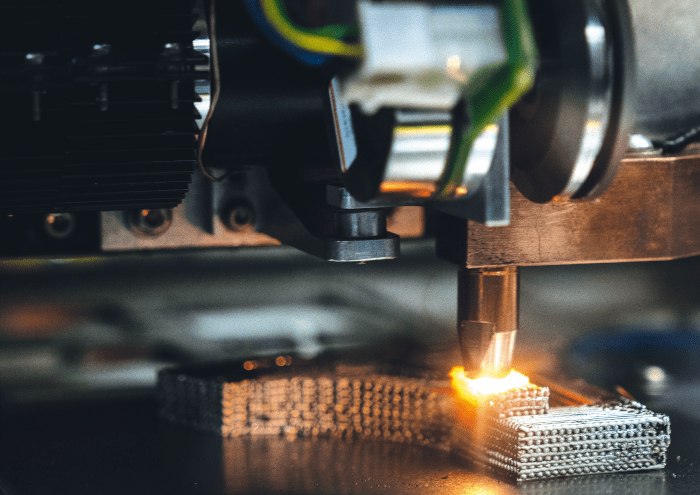Race of the technologies
Metal Additive Manufacturing is often associated with Laser or Electron Beam Powder Bed Fusion process. However, there are more than 18 different technology principles identified today. While some of these principles are in an early development stage, many are successfully used in industrial set-ups or it is expected that they will find a viable niche as manufacturing technology.
To be successful in using metal Additive Manufacturing, it is highly important to choose the right established or new manufacturing technology. Therefore, the 6th volume of AMPOWER Insights provides an overview on upcoming technology principles and assesses their potential.
courtesy of Digital Alloys
Evaluation with new Maturity Index
To evaluate the state of the art of a metal Additive Manufacturing principle, AMPOWER introduces a new methodology – the AM Maturity Index. This index provides the user with a tool for quick assessment based on the technology as well as industrialization maturity. While the technology index evaluates the current production process capability and machine concept, the industrialization index reflects the existing knowledge base and availability in the market. Newly introduced direct metal technologies covered in this issue are Resistance Welding, Friction Deposition and Liquid Metal Printing. Here, the printing process allows direct production of a metallic part without further process steps. Additionally, several new sinter-based technologies are in development and on the verge to be introduced into the market. In contrast to the direct technologies only the green part is created additively, which has to be sintered in an additional step to gain metallic material properties. These technologies include Powder Metallurgy Jetting, Metal Lithography, Metal SLS and Mold Slurry Deposition.
5 year time frame to reach full maturity
For most of the technologies AMPOWER expects that a state of industrial use requires 5 years or more. Technologies such as Friction Deposition, Resistance Welding or Metal SLS benefit from use of established machinery or traditional 2D counterpart processes and are thus projected to be used in industry within 2 to 5 years.




